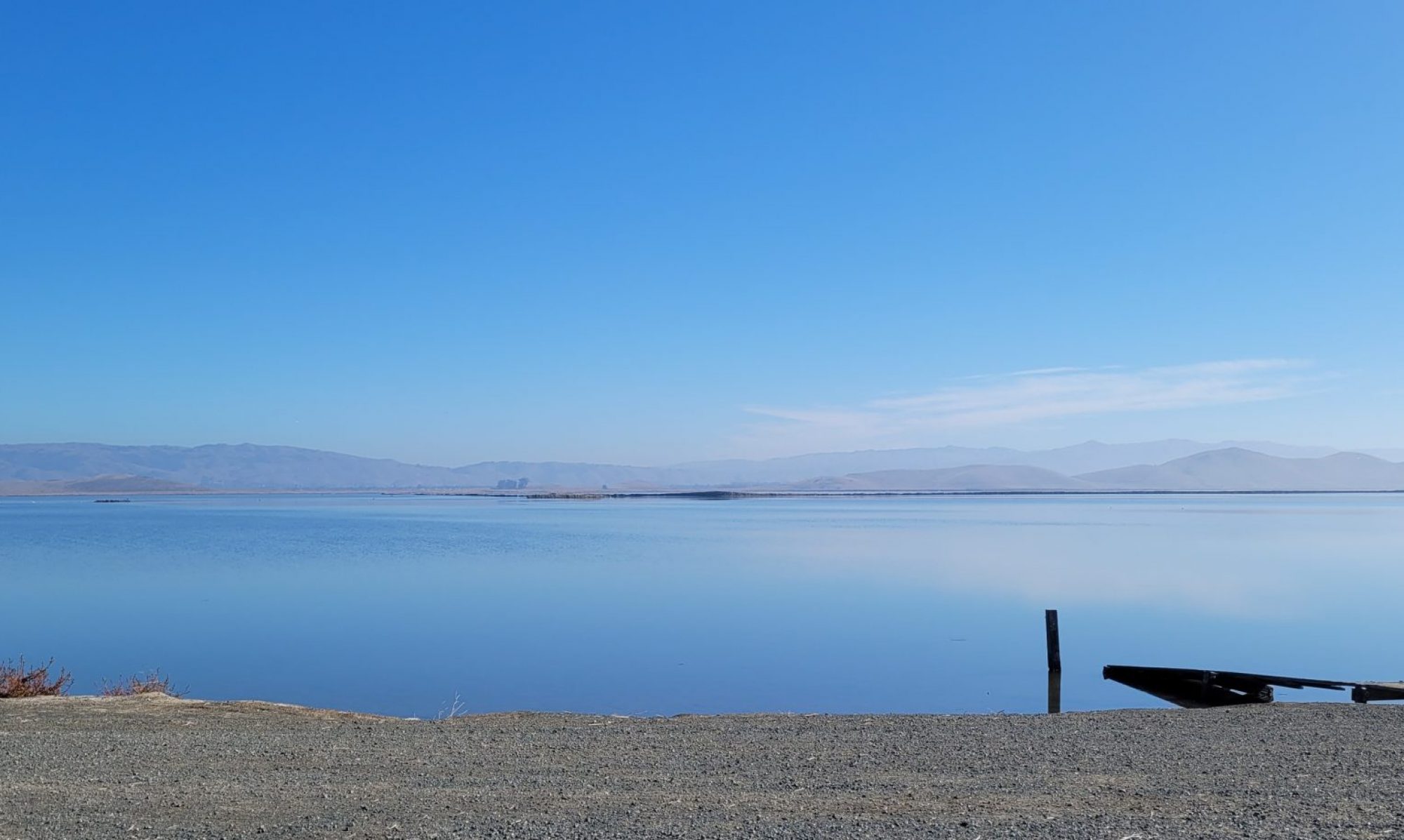

Yes, Zuul from Ghostbusters. Zuul who inhabits Sigourney Weaver’s body in order to search for the Keymaster, schlubby Rick Moranis, so that their coupling will release the demon Gozer into the world. A nerdy fantasy written by nerds for nerds.
I was never a fan of the movie, but yesterday, when I was running down the list of which “Z” dinosaur would get the honor to front my very last post, and I said Zuul, my spouse immediately said Oh! The Gatekeeper of Gozer. Paleontologists, I suppose, are as nerdy as romance writers, medieval historians, and Hollywood directors, so, yes….
They did indeed name a dinosaur for Zuul.
Continue reading “Z is for Zuul”


